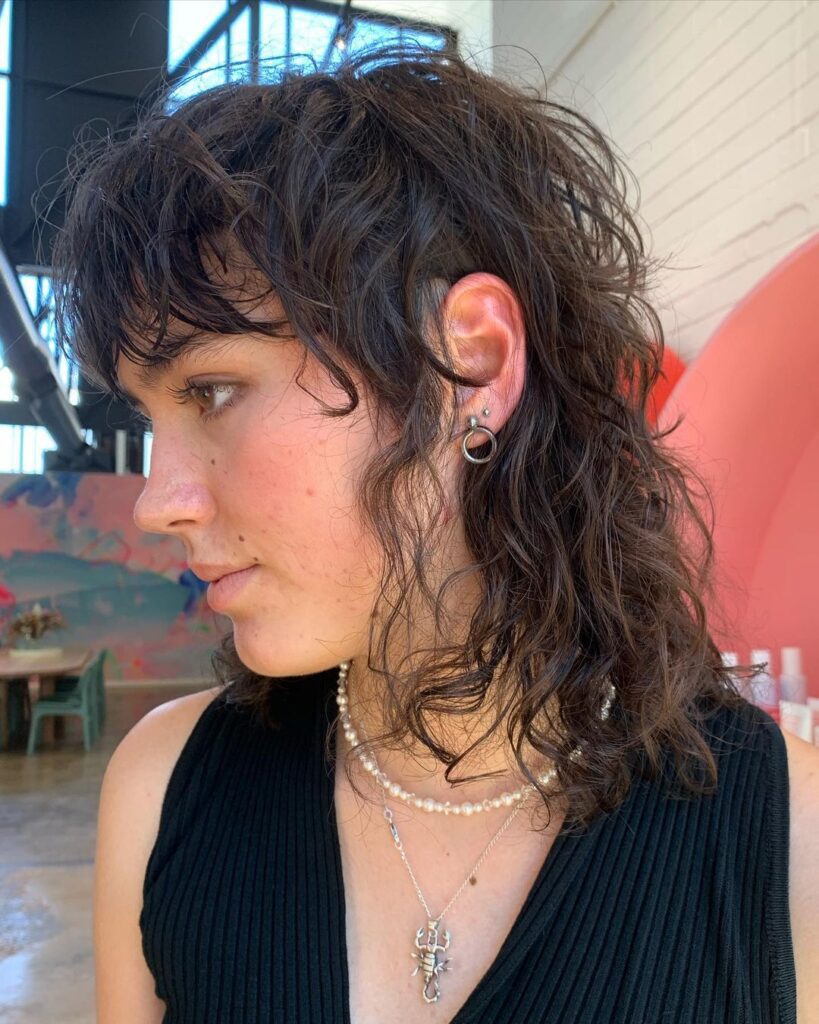Not Just An 80s Look: A Brief History Of The Mullet
The bi-level, the Kentucky waterfall, the Missouri compromise, or the hockey hair; the mullet has never been short of names to define it.

Characterized by a cropped front and a longer back, this hairstyle carries so much personality and history that we can’t help but look into it. The history of the haircut is pretty extensive, and the intriguing part is that most people don’t know that.
Literature traces the mullet back to a group of spearmen, the Abrantes; as Greek Poet Homer put it, they wore their forelocks cropped with longer hair at the back.
For Alan Henderson, writer of Mullet Madness, the prehistoric hairstyle is described as a fringe cut short and the back grown extra long to keep the wearer’s neck warm and protected from the rain.
Ancient Origins
Evidence of the hairstyle’s existence is also supported by Greek statues dating back to the 6th century BCE. Similarly, pictorials prove that ancient Roman chariot racers sported the hairstyle.
In ancient Rome, the cut often got associated with young, wealthy bands of hooligans who supported the chariot races and harassed the citizenry while emulating Rome’s worst enemies.
By the 16th century, the mullet was famously rocked by a group of Hittite warriors, Assyrians, and Egyptians.
The 18th Century
In the late 18th century, president Benjamin Franklin wore a skullet with a bald top and long hair in the back. The hairdo was Benjamin’s attempt at charming France into increasing its diplomatic and financial support to America.

In the same century, Chief Joseph of the Nez Perce tribe refused to ditch his long traditional hairstyle with spikey bangs for a close-cropped haircut as the missionaries advised.
The 1970s
In the early 70s, David Bowie’s Ziggy Stardust builds on his androgynous style with a carrot-orange mullet. Kod Stewart follows shortly after with an exhibitionist cascading waterfall of his own.
It didn’t take long for Paul McCartney to give in to the trend; the rest is history.
The Glory Years
Welcome to the 80s, when mullets were a striking fashion statement.
Every metal, biker, jock, country, yuppie, and punk embraced the look despite the backlash, with many taking to it as a symbol of cultural rebellion and identity.
While the mullet has undoubtedly faded in popularity, it remains a cultural and a subcultural symbol of identity. In fact, thanks to social media and the constant rise of old trends, the mullet is slowly making a comeback, though it looks slightly different from the last time it was popular.
